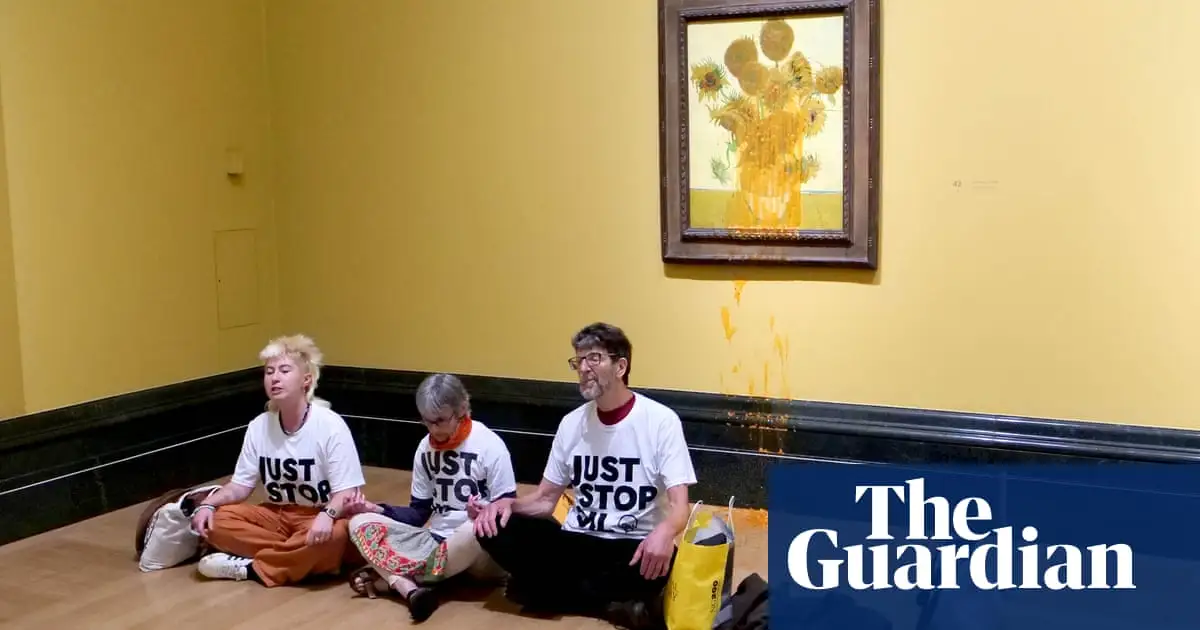I'm just making an appeal to evidence. We can't go back and know what changed minds, obviously many factors are at play. But what we can say for certain is that, because the stall-in didn't happen:
- The stall in was unnecessary for the civil rights act to pass.
- We don't know what would've happened if the stall in did happen.
I'm guessing most historians would say it wouldn't have made a difference. But even if it were 99% likely to make no difference, if we had a time machine there's utterly no reason we'd go back and risk that 1%. Point being, even in the best case scenario, the stall in logically cannot be evidence of such tactics being successful.
Speaking of riots, I think a more clear example is the protests following the killing of George Floyd, which sometimes descended into riots, with every last bit of chaos being lapped up by Republican media and used as an argument against reform. Ultimately that tactic succeeded and very little actual police reform has passed following a shift in the mood. It got so bad that Congress, with many Democrats signing on, took the rare and extreme step of overruling a DC local criminal code reform in 2022 that was actually quite ordinary, but was very dishonestly portrayed in the media as radical decriminalization. As someone who followed that closely, I definitely think the perception of criminal justice reformers being a brainwashed radical mob, helped along by the riots, was a necessary part of killing that reform. That reform effort also was started in 2016, before the Floyd protests - so it seems that the actual effect of these protests was to set back criminal reform efforts rather than advance them.
You also refer to suffragettes vandalizing museums, which is more similar to this action. It seems this was primarily a British thing, and as this article explains, art vandalism occurred in the sprint of 1914, while suffrage wasn't granted 1918 for some women, and 1928 for all women. Notably, between 1914 and 1918 there was a world war. So it's hard to imagine that in 1918 or in 1928, that the public was still thinking about the vandalism years before. And maybe that's why it was able to pass.
I think we should recognize that these tactics persist for reasons other than their effectiveness. Mainly they're a great way to get attention, even donations. But that attention is pretty much always the wrong kind, and those donations might be coming from the people who aren't truly interested in the cause (see how Russia has donated to more angry/violent protest groups on all sides). In essence they're good for protest leaders, bad for the movements.




